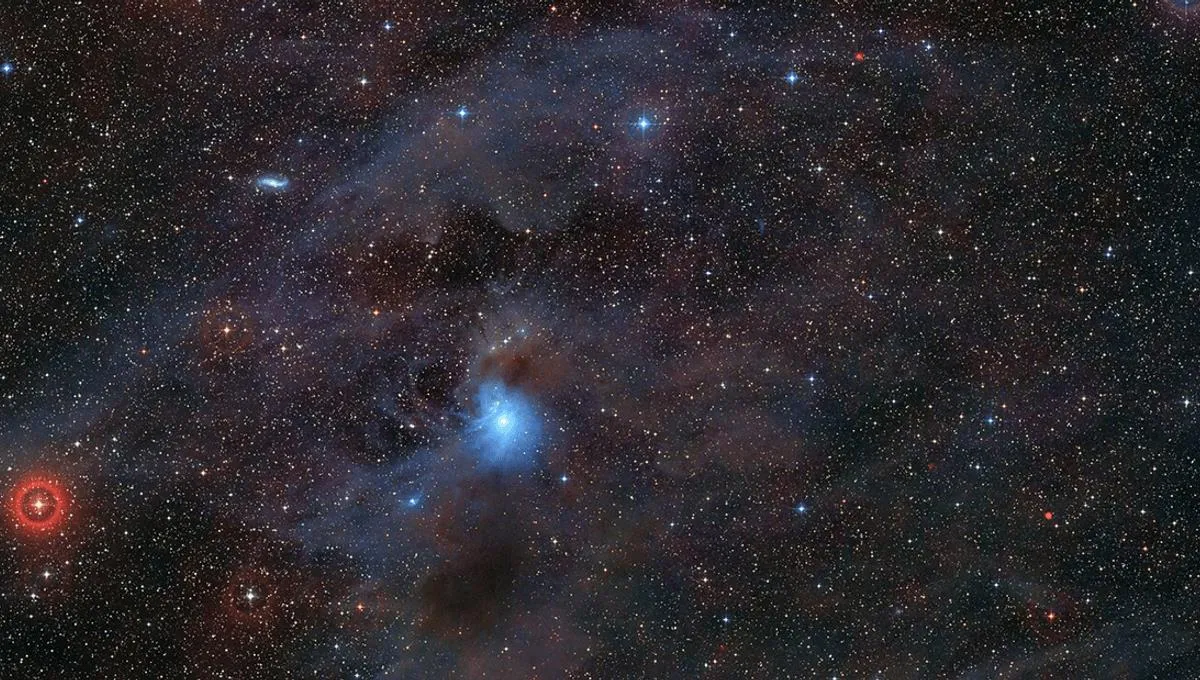
Rogue planets, also known as free-floating planets, are fascinating interstellar objects that exist in our universe without being gravitationally bound to any star or brown dwarf. These planetary-mass entities drift through the vastness of space, isolated and alone. Although the first rogue planet was discovered relatively recently in 2000, estimates suggest there could be as many as trillions of these intriguing bodies in the Milky Way galaxy—potentially up to 20 times more rogue planets than there are stars.
Just like their stellar-bound counterparts, free-floating planets come in various sizes and compositions. Among them, rocky rogue planets are believed to be the most abundant. One particularly interesting example is Cha 1107−7626, which has a mass estimated to be between five to ten times that of Jupiter. This mass is not sufficient for it to be classified as a brown dwarf, which requires a mass between 13 and 80 times that of Jupiter, as it cannot initiate deuterium fusion in its core.
Recent monitoring of Cha 1107−7626 using the Very Large Telescope (VLT) and the James Webb Space Telescope (JWST) has revealed some astonishing findings. A research team from the University of St Andrews observed the rogue planet experiencing sudden flares in brightness during the periods of April-May and June-August 2025. These flares resulted in a brightness increase of approximately 1.5 to 2 magnitudes, alongside a remarkable 6 to 8-fold increase in the mass accretion rate, reaching an unprecedented level of 10−7 MJupiter/year. This is the highest accretion rate ever recorded for a planetary-mass object.
The origin of rogue planets remains a significant mystery in astronomy. Professor Aleks Scholz from the School of Physics and Astronomy at St Andrews, who co-authored the study, stated, "Are they the lowest-mass objects formed like stars, or giant planets ejected from their birth systems?" This ongoing question emphasizes the need for further research into how these solitary worlds come to be.
The bursts observed in Cha 1107−7626 are categorized as EXor bursts, named after the young star EX~Lupi, which exhibits similar repeated outbursts. Low-mass stars accumulate a significant fraction of their mass during these short bursts of enhanced accretion. While FUor objects experience dramatic brightening of around 5 magnitudes within a year and maintain brightness for decades, EXor objects demonstrate lower amplitude outbursts over shorter timescales.
By the end of the research team's observations, the burst in Cha 1107−7626 was still ongoing. Further analysis of VLT data revealed that the planet was undergoing frequent bursts of activity, which are inconsistent with the typical variability seen in young stars. Instead, these characteristics align with the duration, amplitude, and line spectrum of an EXor-type burst. This makes Cha 1107−7626 the first substellar object to show evidence of potentially recurring EXor bursts, according to the study. The team also noted that Cha 1107−7626 exhibits unusually strong accretion variability compared to young stars.
This groundbreaking discovery challenges the conventional boundaries between stars and planets and offers a unique insight into the early formation processes of rogue planets. Dr. Belinda Damian, another co-author and astronomer at the University of St Andrews, remarked on the significance of these findings, highlighting how they provide a rare glimpse into the formative stages of these solitary planetary bodies. As we continue to explore the cosmos, each new discovery brings us closer to unraveling the mysteries of the universe.